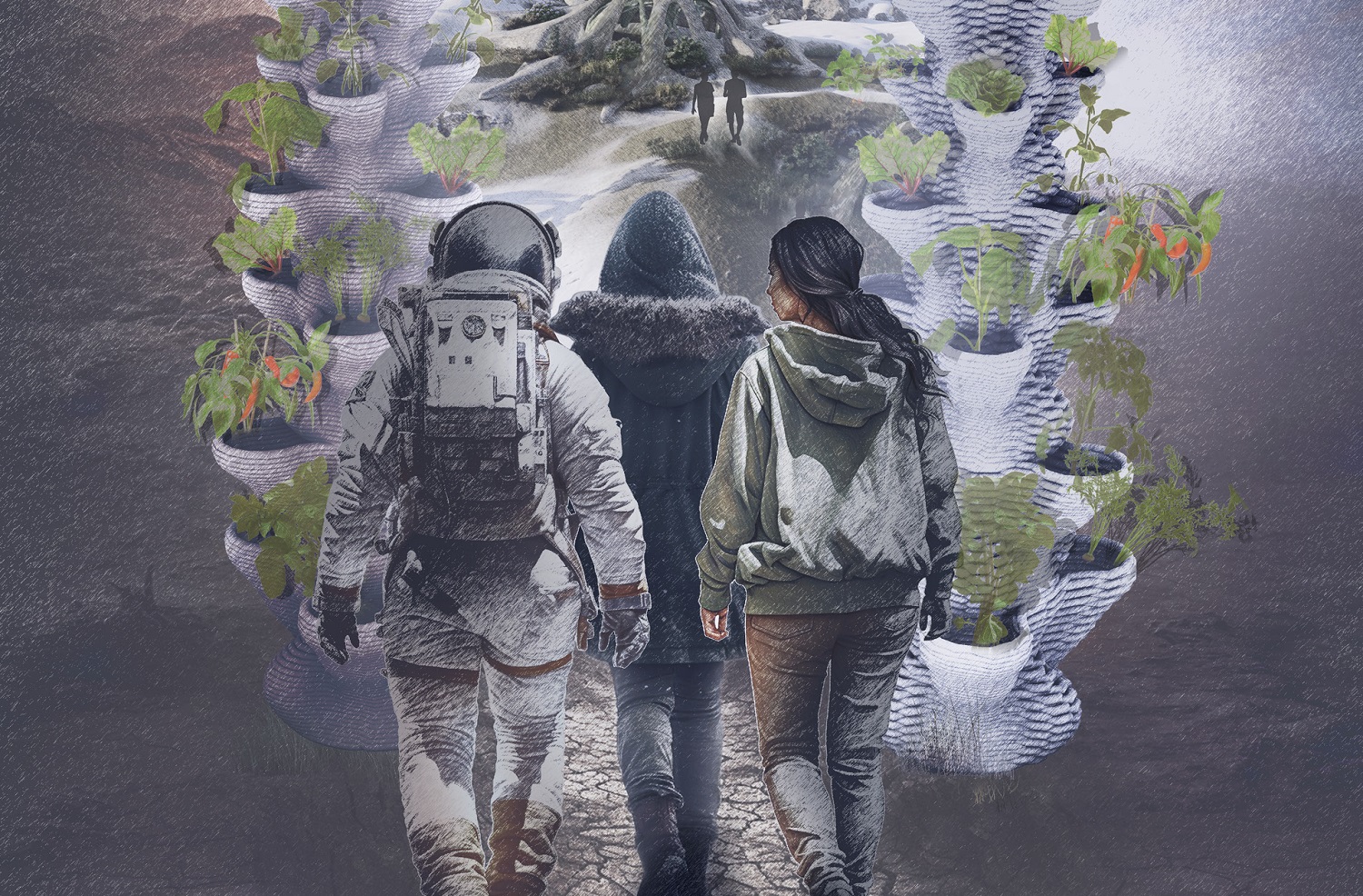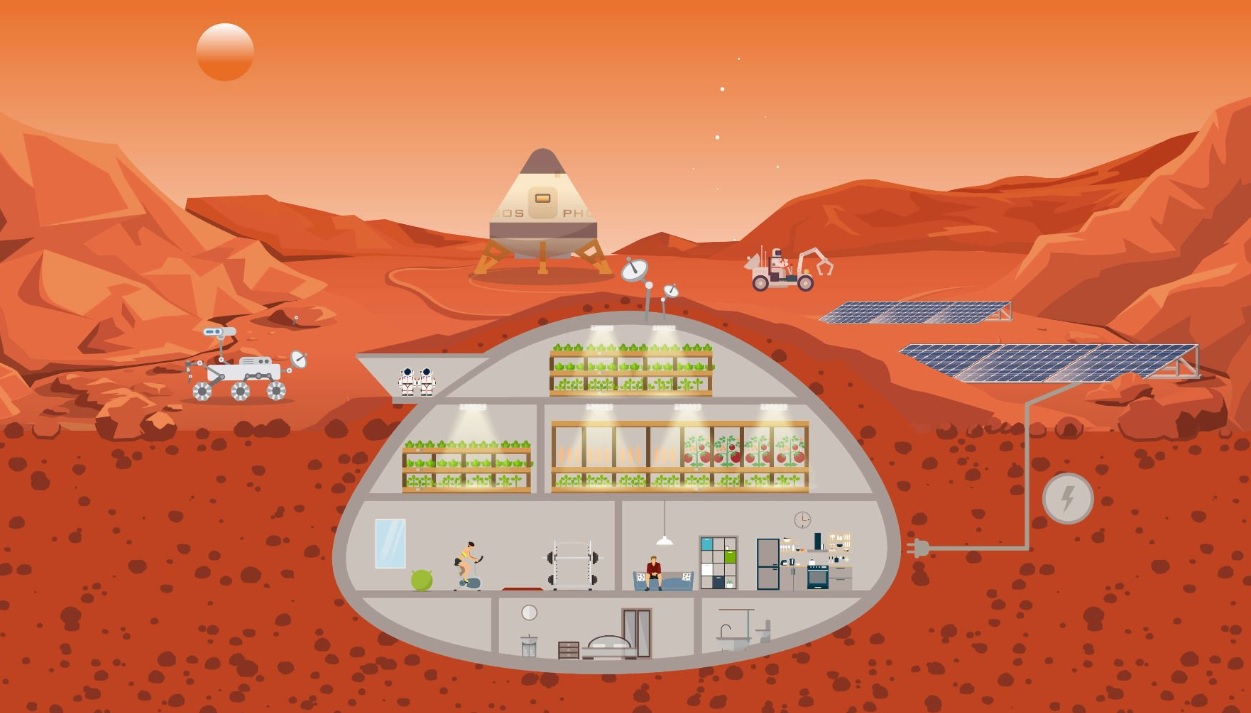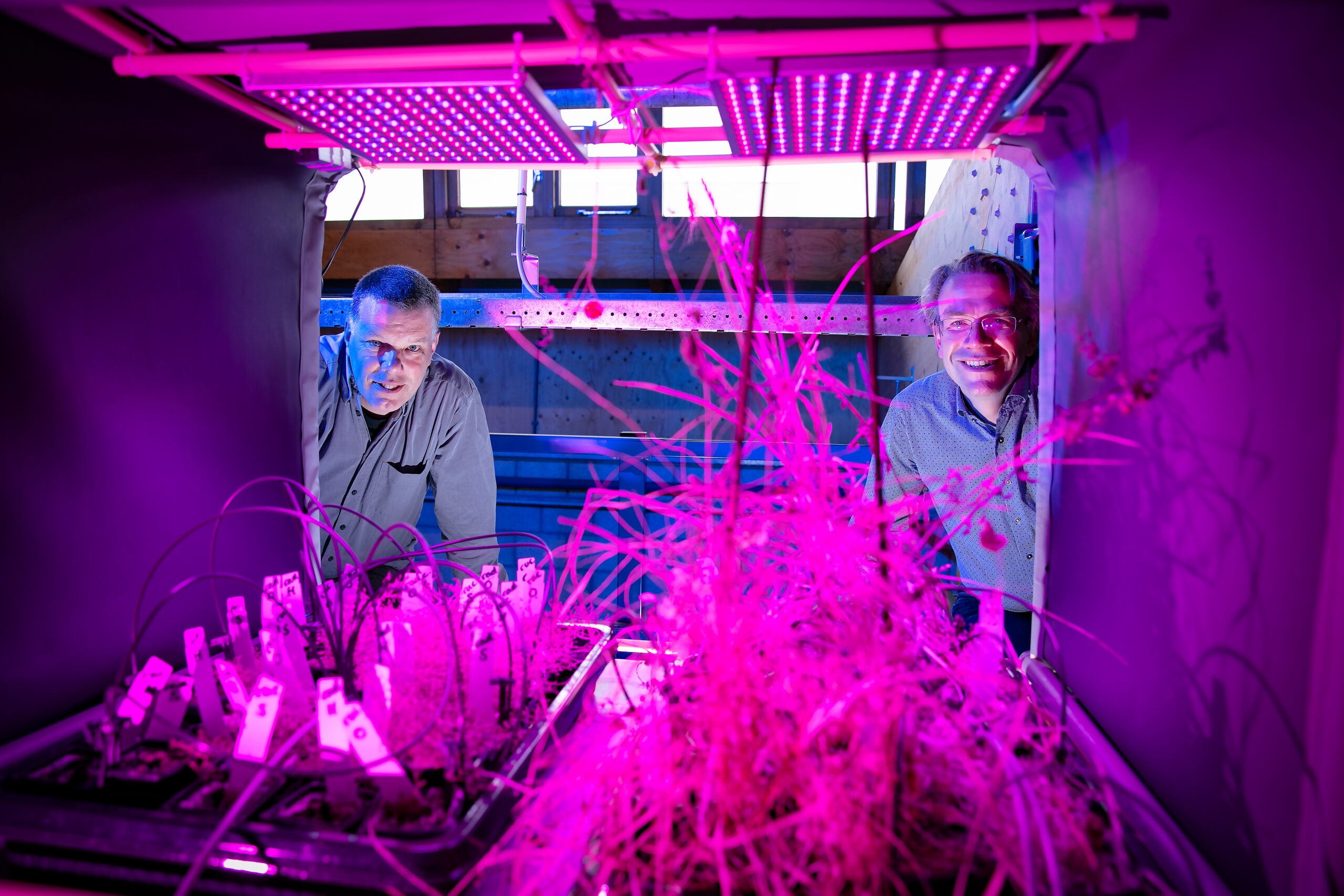Ecologist Wieger Wameling started his first experiments to grow crops on Martian soil a decade ago. That sidetrack has since developed into something that draws attention from across the globe. As a most recent milestone, the profile of Martian soil has been included in the collection of the World Soil Museum on Wageningen Campus. A special exhibition has been made around this virtual profile.
‘Students and visitors frequently ask whether we have something from the moon in the museum’, says museum manager Stephan Mantel of ISRIC World Soil Information. ‘I would love to have a moonstone in our collection, but that is difficult. We focus on the outside of the earth, but thinking about soils on other planets is fun.’
Definition
It all starts with the fundamental question of whether there are soils at all on other planets. Soil scientists disagree on what precisely constitutes soil. Most definitions focus on the part of the earth’s crust that is influenced by the climate and life. That would mean that Mars does not have soil, as there is no life. As far as we know, at least.’
Iron is one of the most common elements in the earth’s crust, and even more so on Mars
Stephan Mantel, manager World Soil Museum
‘The international classification system defines the outer two metres of the earth’s crust as soil’, Mantel clarifies. ‘The rest is geological material. In that sense, you could say there is soil on Mars.’ That leaves room to speculate what that soil looks like. The virtual soil in the museum consists of material from the Mojave desert in the United States, which is similar to Martian soil.
This is the substance on which Wamelink has been experimenting for ten years. It is red from the high iron oxide content, Mantel explains. For comparison, four red earth soil samples from among the over 1100 samples in the museum collection have been placed near the Martian soil. ‘Iron is one of the most common elements in the earth’s crust, and even more so on Mars.’
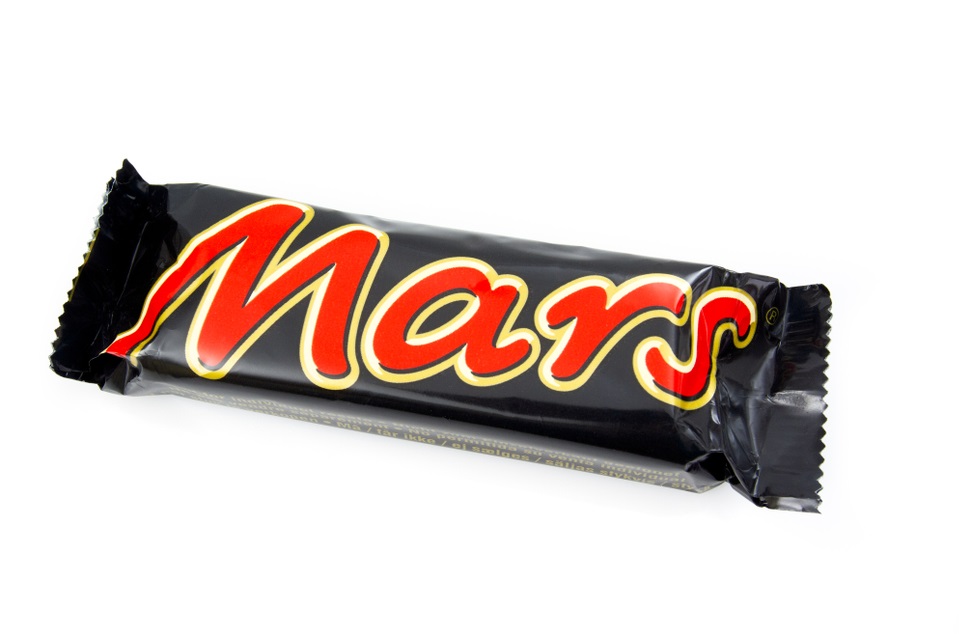
Mara Grandia (Soil Museum) and student Emke Mooney have set up an exhibition surrounding the virtual Martian soil with expertise provided by Mantel and Wamelink. The exhibition focuses not only on the soil itself but also on Wamelink’s research. The tone is serious. But what is that Mars bar doing in the display? The description prompts a smile: ‘Unlike the planet, this Mars has layers’.
Lego
Incidentally, the museum is not the only place celebrating a decade of Martian research at WUR. The second floor of the library in Forum dedicates no less than four displays to Wamelink’s Food for Mars project. This exhibit is more light-hearted, with Lego models of spaceships, rockets and rovers. Wamelink assembled the models himself.

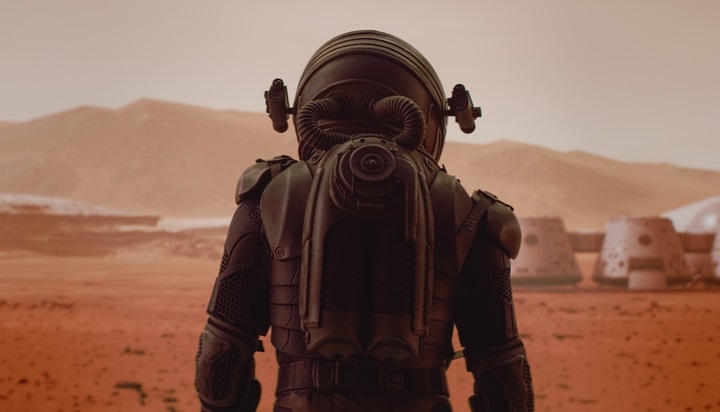 Illustration Shutterstock
Illustration Shutterstock 